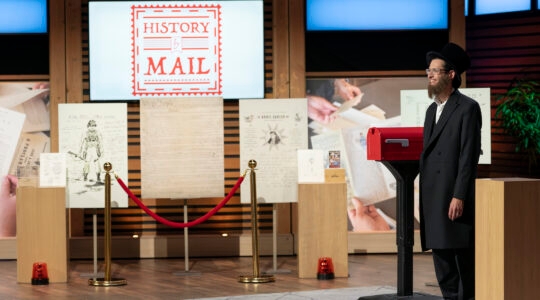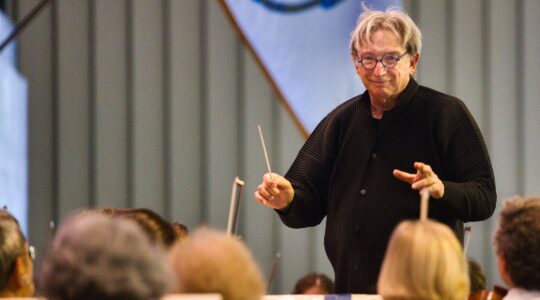We generally think of Yiddish as the language that Jews spoke in the shtetls of Eastern Europe before WWII, and of its surviving speakers as having long-ago resettled across various continents. We don’t tend to think about the native Yiddish speakers who remained in the shtetls. Luckily, some researchers in Bloomington, Indiana have.
From 2002 to 2012, linguist Dov-Ber Kerler and historian Jeffrey Veidlinger interviewed almost 400 elderly Yiddish speakers scattered across rural Ukraine, Moldova, Romania, Hungary, and Slovakia and documented their journeys in photographs and video. They named their project AHEYM for its double meaning: It both means “homeward” in Yiddish, and is an acronym for “Archives of Historical and Ethnographic Yiddish Memories.”
The extensive online archives are broadly searchable and include such categories as Daily Life, Foodways, Historical Events, and Songs, Poems, & Prayer. Go a level deeper and you’ll see that each of those categories lead to more.
Upon searching for a good Purim hamantaschen recipe, for instance, you may be delighted to learn that Donia Presler’s family made them with rice pudding and ate them on Shavues.
If you lose yourself in their memories, just don’t say we didn’t warn you!
JTA has documented Jewish history in real-time for over a century. Keep our journalism strong by joining us in supporting independent, award-winning reporting.





